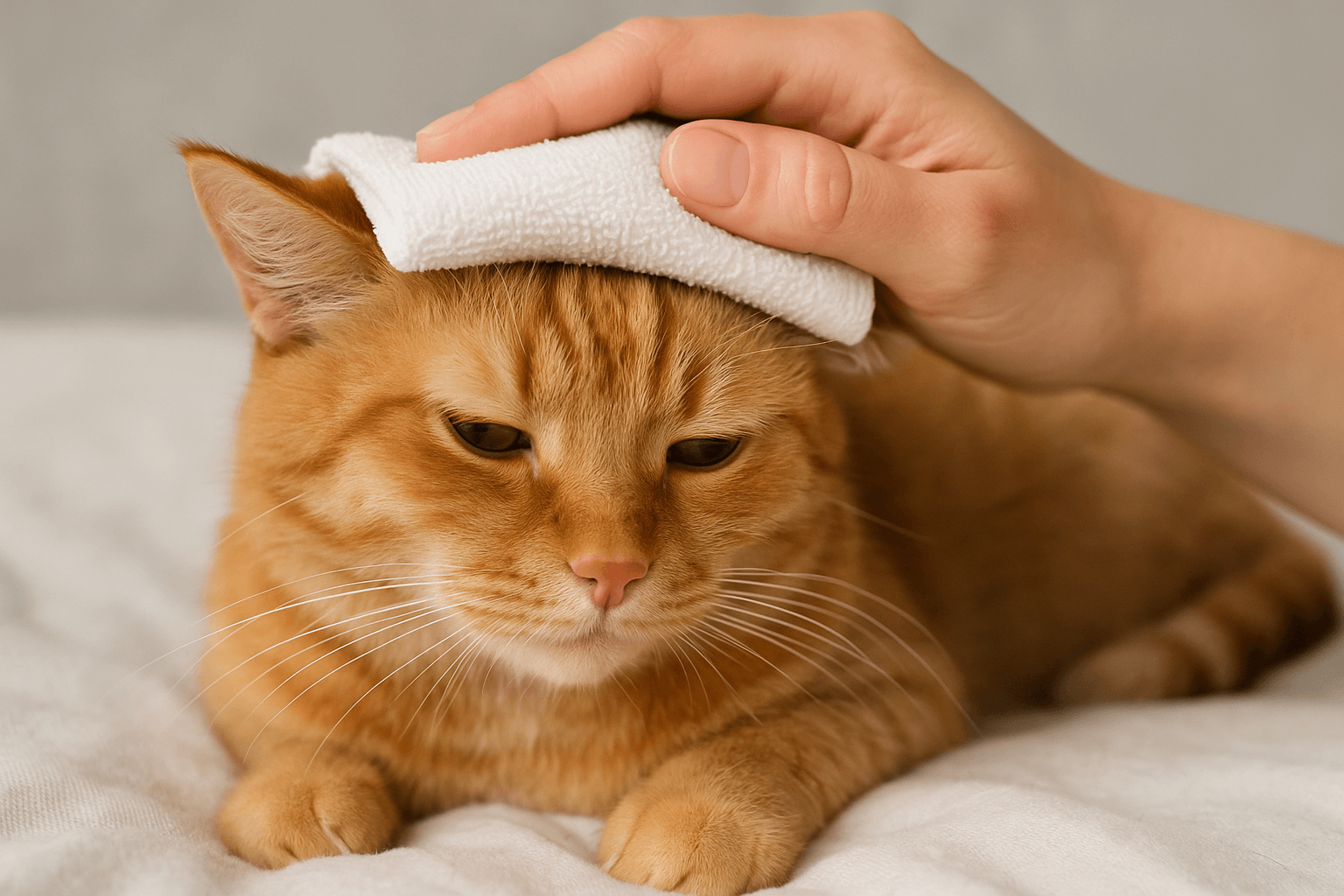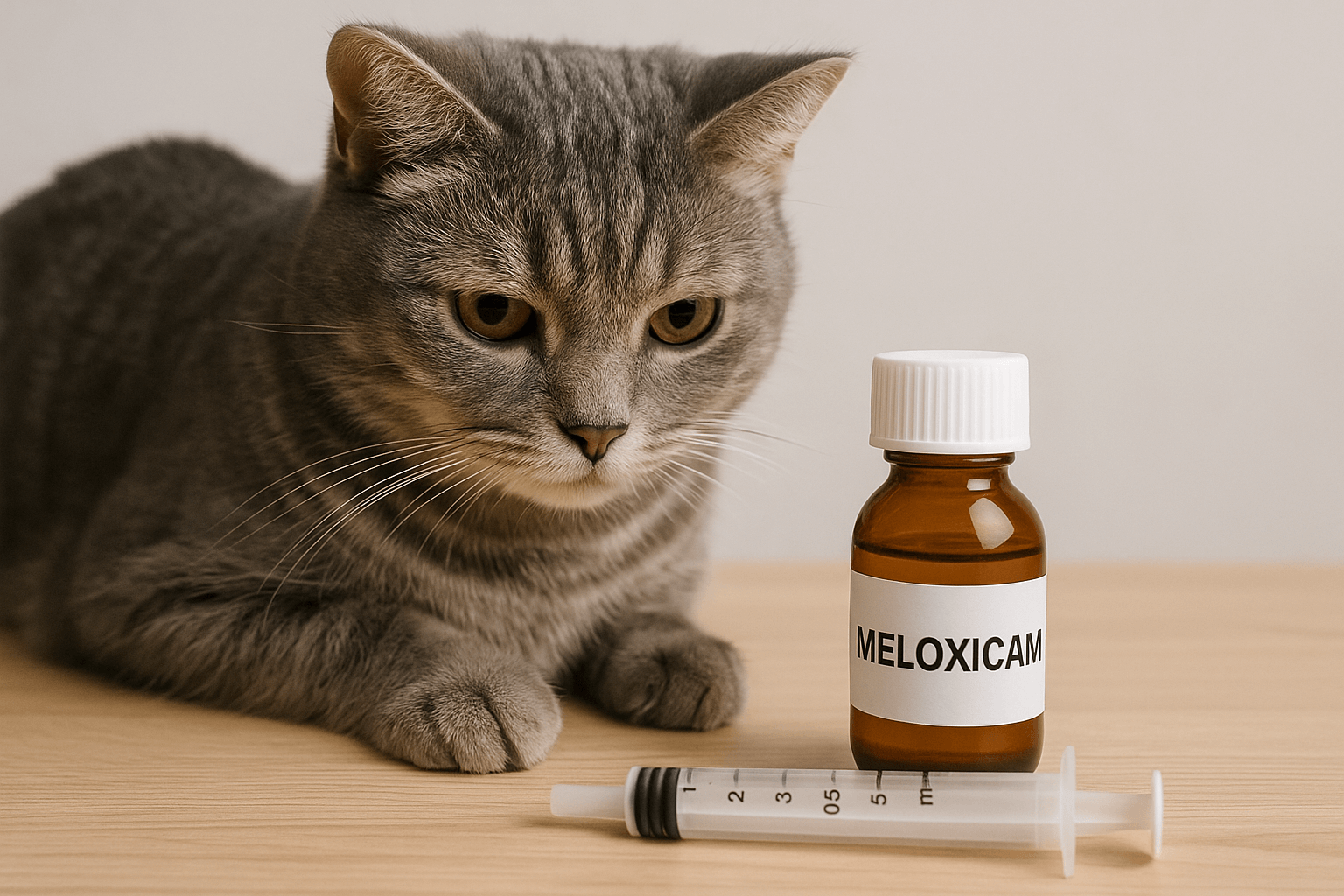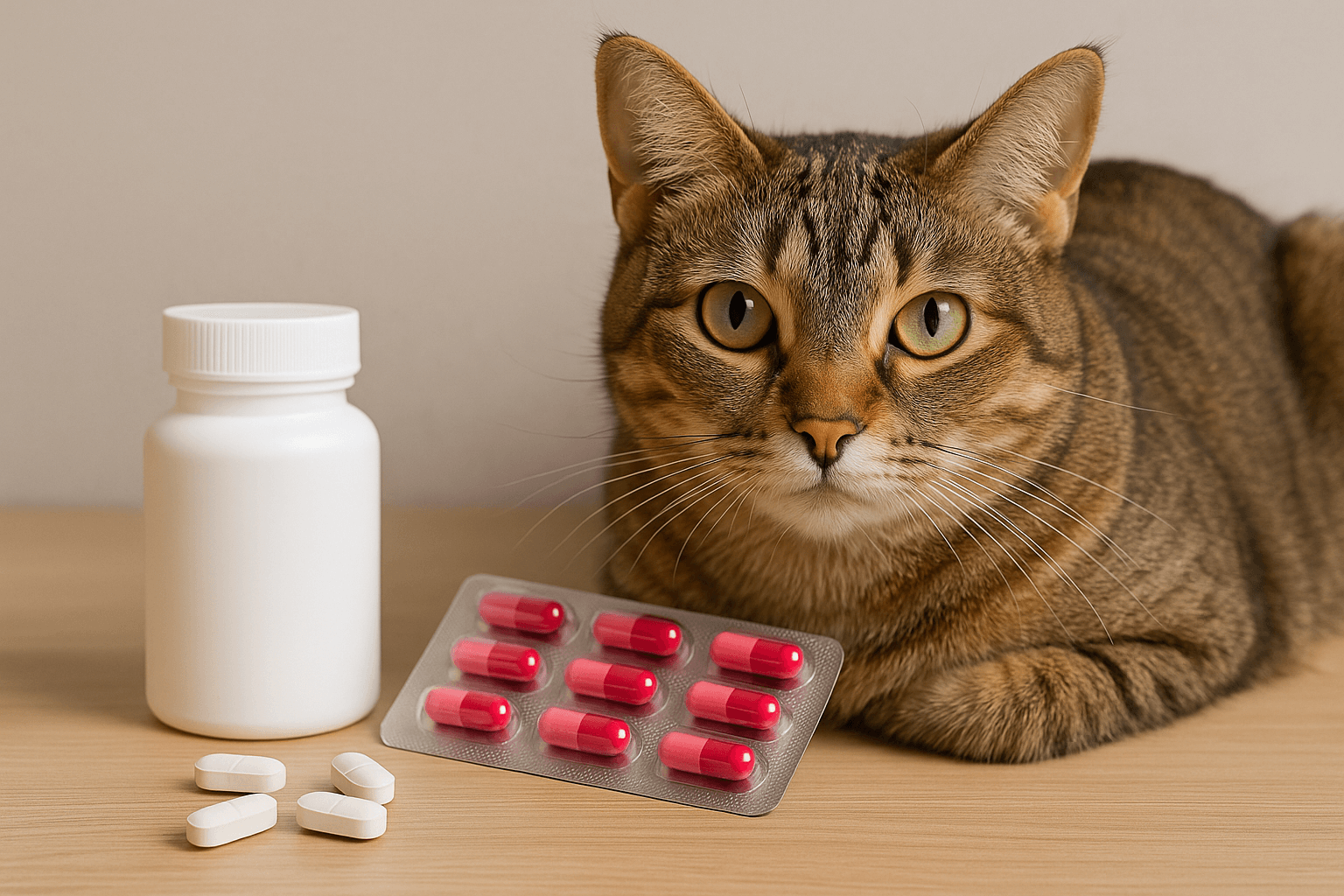Can Dogs Eat Whipped Cream? Everything You Need to Know
Whipped cream is a delightful treat for humans, often associated with cozy desserts, coffee, or festive occasions. But what about our furry friends? If you’ve ever caught your dog eyeing that dollop of whipped cream on your dessert plate, you might have wondered whether it’s safe to share this creamy goodness with them. While dogs are known for their love of food, not everything we eat is suitable for their sensitive digestive systems. In this blog post, we’ll explore whether whipped cream is a safe treat for dogs, how much they can enjoy, and what alternatives exist. By the end, you’ll have all the information you need to make an informed decision about treating your pup to a little indulgence.
What Is Whipped Cream Made Of? A Quick Breakdown
Before deciding whether whipped cream is safe for dogs, it’s essential to understand its ingredients. After all, knowing what goes into your dog’s food is key to ensuring their health and well-being. Here’s a quick look at the common components found in whipped cream:
Heavy Cream : The base ingredient, rich in fat and dairy.
Sugar : Often added to enhance sweetness.
Vanilla Extract : Used for flavoring, but some extracts contain alcohol.
Stabilizers : Added to maintain texture, though these may include artificial additives.
Air : Whipped cream gets its light, fluffy texture from being aerated.
Understanding these ingredients can help you assess whether whipped cream is a good fit for your dog’s diet. While some components, like heavy cream, may be fine in moderation, others could pose risks depending on your dog’s health and dietary needs.
Is Whipped Cream Safe for Dogs? Key Considerations
While whipped cream isn’t inherently toxic to dogs, there are several factors to consider before offering it as a treat. Let’s break down the potential benefits and risks to help you decide:
Lactose Content : Many adult dogs are lactose intolerant, which means dairy products can upset their stomachs.
High Fat Levels : Whipped cream is calorie-dense and can contribute to weight gain if given in excess.
Sugar Concerns : Excessive sugar intake can lead to obesity, dental issues, and even diabetes in dogs.
Artificial Additives : Some whipped creams contain preservatives or stabilizers that aren’t ideal for canine consumption.
Portion Control : Small amounts of plain whipped cream may be fine, but moderation is crucial.
By weighing these considerations, you can determine whether whipped cream is an appropriate treat for your dog. Remember, every dog is different, so it’s always wise to consult your veterinarian before introducing new foods.
Check this guide 👉Can Dogs Eat Sausage? Best 7 Health Tips!
Check this guide 👉Can Dogs Eat Sardines? Best 7 Health Tips!
Check this guide 👉Can Dogs Eat Dates? Best 7 Health Tips!

Potential Benefits of Whipped Cream for Dogs | Risks Associated with Whipped Cream |
|---|---|
Provides a small energy boost due to fat content. | High fat levels can lead to pancreatitis. |
Can be used as a reward during training sessions. | Lactose intolerance may cause digestive upset. |
Plain whipped cream is less processed than other treats. | Sugar content can harm dental health over time. |
May encourage picky eaters to consume their meals. | Artificial additives can irritate sensitive stomachs. |
Acts as a hydrating option in small quantities. | Overfeeding can contribute to obesity. |
Healthier Alternatives to Whipped Cream for Dogs
If you’re hesitant about giving your dog whipped cream, don’t worry—there are plenty of healthier alternatives that still satisfy their cravings. These options provide similar enjoyment without the potential downsides:
Plain Yogurt : A great source of probiotics that supports gut health.
Peanut Butter (Xylitol-Free) : Offers a creamy texture and is packed with protein.
Mashed Banana : Naturally sweet and rich in potassium.
Pumpkin Puree : Low in calories and excellent for digestion.
Coconut Milk : A dairy-free option that’s gentle on the stomach.
These alternatives ensure your dog can enjoy a tasty treat without compromising their health. Always introduce new foods gradually and monitor for any adverse reactions.
Signs Your Dog May Not Tolerate Whipped Cream
While some dogs may handle whipped cream just fine, others might experience negative effects. Keep an eye out for these signs after offering whipped cream to your pup:
Vomiting : Indicates that the treat didn’t agree with their stomach.
Diarrhea : A common symptom of lactose intolerance or digestive upset.
Excessive Gas : Could signal difficulty digesting dairy products.
Lethargy : Unusual tiredness might indicate a more serious reaction.
Itching or Skin Irritation : Suggests a possible allergic response.
If you notice any of these symptoms, stop giving whipped cream immediately and consult your vet. Every dog reacts differently, so paying attention to their body language is crucial.
Nutritional Needs of Dogs: What You Should Know
Understanding your dog’s nutritional needs is crucial when deciding what treats to offer. While dogs can enjoy occasional snacks, their primary diet should consist of balanced, species-appropriate foods. Here are some key points to keep in mind:
Protein is Essential : Dogs thrive on high-quality protein sources like chicken, beef, or fish.
Healthy Fats are Important : Omega-3 and omega-6 fatty acids support skin, coat, and overall health.
Carbohydrates Should Be Limited : Unlike humans, dogs don’t require large amounts of carbs in their diet.
Hydration Matters : Always ensure your dog has access to fresh, clean water.
Avoid Harmful Foods : Grapes, chocolate, onions, and garlic are toxic to dogs.
By focusing on these nutritional principles, you can make better decisions about which treats, including whipped cream, align with your dog’s dietary requirements. A well-balanced diet is the foundation of a healthy, happy pup.
Training Treats: How Whipped Cream Fits In
If you’re using treats during training sessions, it’s important to choose options that are both effective and safe for your dog. Whipped cream might seem like a convenient choice, but here’s what you need to consider:
Caloric Density : Whipped cream is high in calories, so overusing it can lead to weight gain.
Motivation Factor : Its rich flavor can be highly motivating for dogs during training.
Portion Control is Key : Use very small amounts to avoid excessive calorie intake.
Alternative Rewards Exist : Consider low-calorie treats like diced veggies or freeze-dried meats.
Behavioral Impact : Associating treats with positive behavior can strengthen training outcomes.
While whipped cream can work as an occasional training reward, it’s essential to balance its use with healthier alternatives. This ensures your dog stays motivated without compromising their health.
Seasonal Treats: Can Whipped Cream Be a Holiday Delight?
During holidays, many pet owners love sharing festive treats with their dogs. If you’re considering whipped cream as part of a special occasion snack, here are some tips to keep in mind:
Holiday Recipes Often Include Dairy : Many holiday dishes contain ingredients that aren’t dog-friendly.
Plain is Best : Avoid flavored whipped creams that may include artificial sweeteners or spices.
Moderation During Celebrations : Limit whipped cream to tiny portions amidst other safe treats.
Watch for Combined Ingredients : Pairing whipped cream with unsafe foods like chocolate can be dangerous.
Focus on Dog-Specific Treats : Opt for treats designed specifically for canine consumption.
By being mindful of these factors, you can safely incorporate whipped cream into your dog’s holiday celebrations. Remember, the joy of sharing moments with your pet is more important than the treat itself!
FAQ
Can puppies eat whipped cream?
Puppies have developing digestive systems, so it’s best to avoid giving them whipped cream. Stick to puppy-safe treats instead.
How much whipped cream can I give my dog?
If your dog tolerates dairy well, a teaspoon or two of plain whipped cream is usually safe. Avoid overfeeding.
Is store-bought whipped cream bad for dogs?
Store-bought varieties often contain added sugars and artificial ingredients, making them less ideal than homemade versions.
What should I do if my dog eats a lot of whipped cream?
Monitor them closely for signs of digestive upset. Contact your vet if symptoms persist or worsen.
Can whipped cream cause pancreatitis in dogs?
Yes, the high fat content in whipped cream can increase the risk of pancreatitis, especially in dogs prone to the condition.
Final Thoughts: Treat Your Dog Responsibly
In conclusion, while whipped cream isn’t toxic to dogs, it should be given sparingly and only if your dog tolerates dairy well. Always prioritize moderation and consider healthier alternatives to keep your furry friend happy and healthy. Remember, the occasional indulgence won’t hurt, but consistency and mindfulness are key when it comes to your dog’s diet. By staying informed and attentive, you can ensure that your dog enjoys life’s little pleasures safely. After all, their wagging tail and joyful demeanor are worth every effort!
Cat Fever Treatment: Best 7 Expert Tips! Discover expert advice on identifying, managing, and treating fever in cats to ensure their quick recovery and well-being.
Understanding Meloxicam for Cats: Best 7 Expert Tips! Learn how to safely administer meloxicam, manage side effects, and ensure your cat's comfort with expert advice on feline pain relief.
Amoxicillin for Cat UTI: Best 7 Expert Tips! Discover safe usage, dosage guidelines, and expert advice on treating feline urinary tract infections effectively with amoxicillin.
Understanding Cat Cancer Treatment: Best 7 Expert Tips! Discover expert advice on managing feline cancer, from early detection to treatment options, ensuring your cat’s health and comfort.





